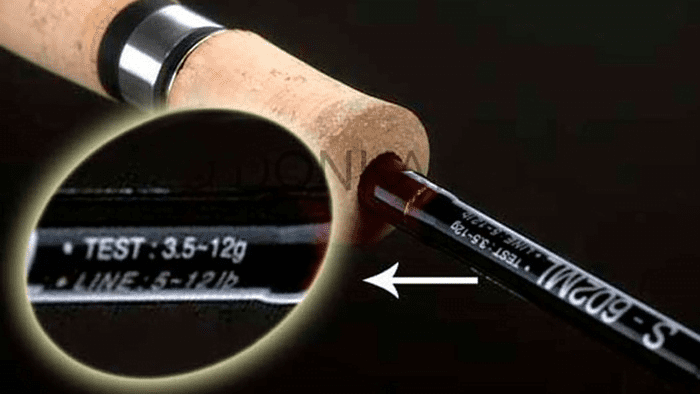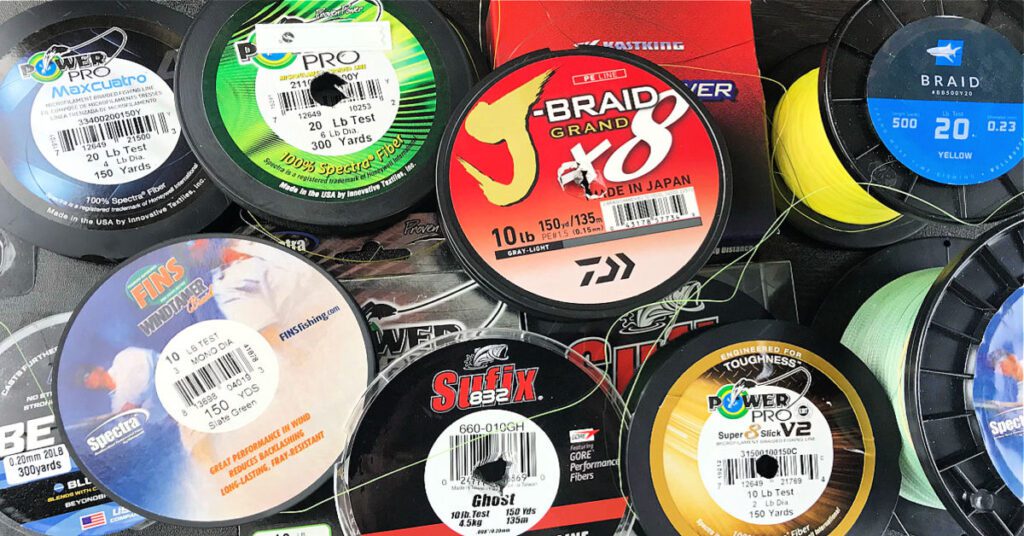Spinning is a method of fishing using artificial lures. The word "spining" comes from the English word "spin", which means to spin. Spinning as a fishing method first appeared in England in the mid-19th century.
Spinning fishing is an active method of fishing, when the fisherman constantly throws the bait, changing the fishing spots, experimenting with the types of baits and methods of casting.
Spinning rod
The spinning rod is the main element that greatly determines the success of fishing. According to its shape, the spinning shaft is thin and long. On the part of the spinning thick shaft there is a handle where the reel is wound. And the spinning tip is thin to feel the bait and hook.
The spinning rod must be durable, light, and also provide high sensitivity of baiting. Spinning rods vary in material, test, grade and length.
What are spinning wheels made of?
Modern spinning has high demands on its durability and weight. Spinning can be made of carbon fiber, fiberglass, bamboo or metal.
- Glass fibers – was a popular material for spinning, but has now been almost completely replaced by carbon fiber spinning. Cheaper spinners are mostly made of fiberglass.
- Carbon fiber – the newest material for the production of spinning. Carbon fiber spinning wheels are light, strong and flexible. The spinning properties of carbon fiber depend on its modulus. The higher the modulus of the graphite from which the spinning is made, the stronger and more sensitive the spinning will be, but at the same time it will be more fragile, requiring more careful handling.
- Composite – spinning, made of a mixture of fiberglass and carbon fiber. Composite spinners took the best features of both materials.
- Metal spinning wheels – were popular in ancient times. They were very strong, but also heavy. Currently, metal spinning wheels are almost no longer used.
- Bamboo – was popular in ancient times for spinning. Bamboo spinning wheels were quite strong and significantly lighter than metal ones. Currently, bamboo spinners, like metal spinners, are no longer used.
Spinning test
The spinning test is the manufacturer's recommended bait weight. The spinning test can be specified in grams or ounces. When specifying a spinning test, two values are specified: the minimum bait weight that can be cast with this spinning and the maximum weight that can be cast without spinning overload. It is important for the angler to follow the spinning manufacturer's weight recommendations. Casting a lure that weighs less than the minimum spin test will prevent the angler from being able to cast far and feel the lure working through the cast. Casting a lure that weighs more than the maximum spin test overloads the spinner and may break the spinner. The spinning test is directly related to the spinning classes.
Spinning classes
The spinning class directly depends on the spinning test and indicates its power level according to the weight of the lures thrown. The classification of spinning wheels into classes is conditional and varies between different manufacturers.
Spinning reels are traditionally divided into 4 main classes: ultralight, light, medium and heavy. In addition, some spinning reel manufacturers distinguish intermediate classes.
UltraLight – class includes spinning with test up to 5-7 grams. The length of the spinning usually varies from 1.6 to 2.1 meters.
Light – the class includes spinners with a test of 7 to 15 grams. Spinning length usually varies from 2.1 to 2.4 meters.
Medium – class includes spinners with test from 15 to 40 grams. Spinning length usually varies from 2.4 to 3.3 meters.
Heavy – the class includes spinners with a test of 40 grams and more. The length of spinning, like the medium class, can vary from 2.4 to 3.3 meters or more.
Spinning Flexibility (Promo)
Spinning flexibility is defined as the recovery time after a cast. The more flexible the spinning, the faster the return to the starting position, but it becomes stiffer and more sensitive, but as the stiffness of the spinning increases, the casting distance decreases.
Spinning flexibility is determined by observing where the spinning bends when loaded. Very fast flex spinning only bends at the end, not exceeding ¼ of the spinning length.
Extra-Fast flexibility spinning works well for twitching and for the jig. These spinning rods have the highest sensitivity, but they have less casting distance.
Medium flexibility spinning bends up to ¾ of its length. It is a universal and widespread spinning flexibility among anglers. It can be used with a variety of baits.
Slow flexibility spinning bends along its entire length, it is often called "parabolic shape" flexibility. Slow flex spinning allows for the furthest cast.
Some spinning manufacturers release not only the 4 main types of flexibility, but also intermediate ones, such as Medium-Fast. In addition, some manufacturers indicate the recommended method of fishing with this spinning, for example, spinning is intended for twitching or for the jig.






